The controversial relics of Saint Romualdo
Published by Laura on
Our loyal readers will immediately recognize the name San Romualdo! How often did we mention this saint in our articles? The Saint was born between 951-953 in Ravenna, not exactly near Le Marche, especially at that time!
Around the age of 20 he converted to the Benedictine order, stayed in Spain, came back to Ravenna, and then eventually, around the Year 1000, ended up in Camaldoli, near Arezzo. There, he founded a branch of the Benedictines: the Camaldolese Order, to which he also added Eastern hermitage in addition to the Western Ora et Labora (pray and work). This union of Western and Eastern philosophy was reflected in the symbol of this Order: two doves drinking together from the same chalice.
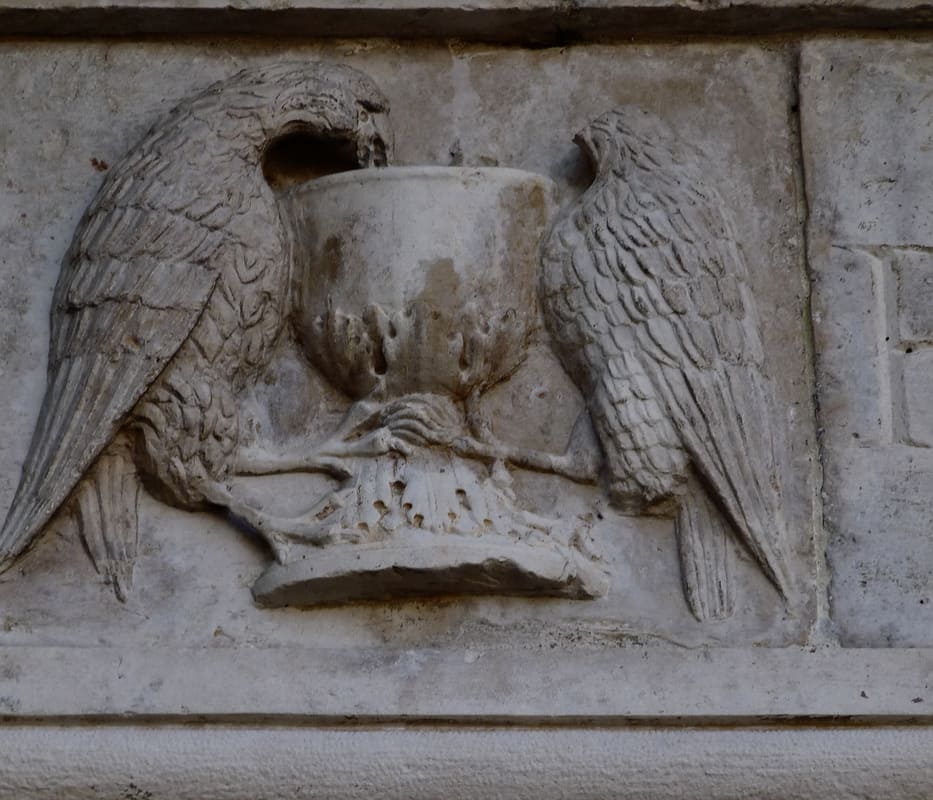
The Camaldolese monks therefore often built hermit caves, or hermit buildings, in addition to ordinary monasteries. For example, the Eremo dei Frati Bianchi in Cupramontana, where the first monks lived in cliff dwellings.

An 18th century copy of the painting The Apparition by Andrea Sacchi (17th century in the Vatican Museums) hangs in the San Leonardo Church in Cupramontana. Here San Romualdo is depicted as an elderly man in his white habit.
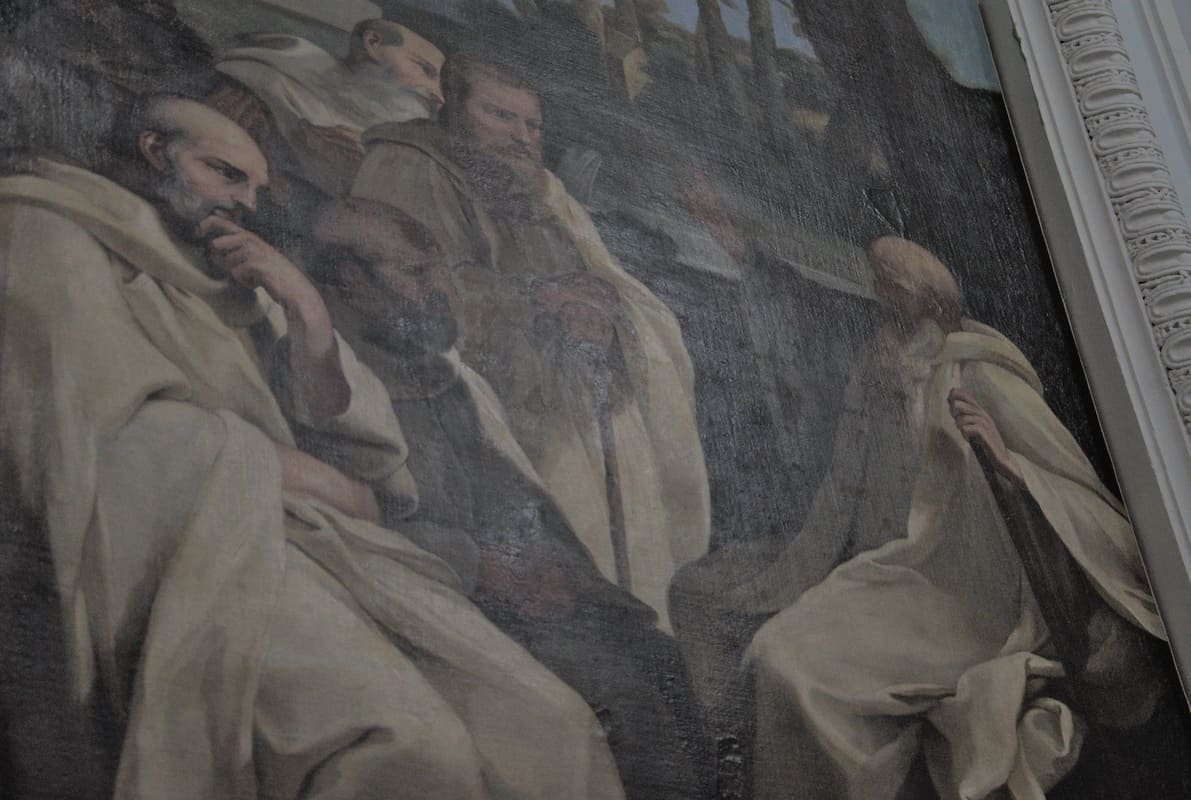
Romualdo then moved regularly in Umbria and Le Marche, where he died in 1027 in the abbey of Valdicastro.
In addition, a small community took the name of this saint: Poggio San Romualdo
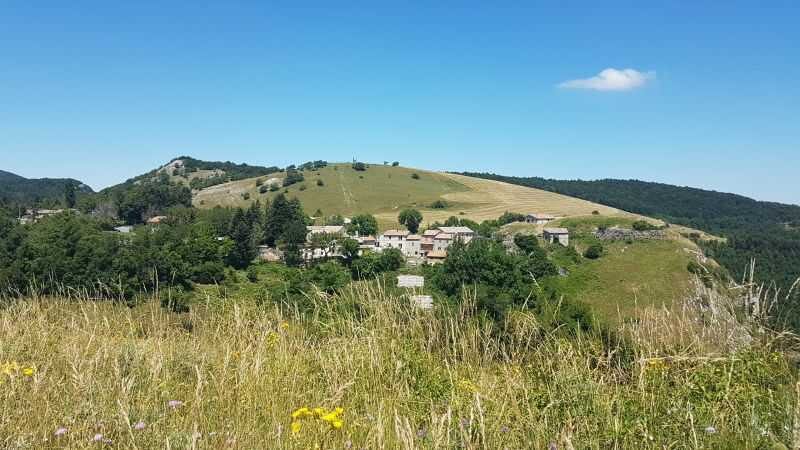
He was canonized in 1595. But already in 1480 his body was already important. Two monks from Ravenna tried to smuggle Romualdo’s body from the Abbey of Valdicastro back to his hometown. But during their stop in Jesi, their plan was discovered. From then on, a whole battle started between Fabriano (to which Valdicastro belonged) and Jesi, because relics or better still bodies of clerics who were venerated, always attracted many pilgrims and of course meant income!
In the end, Fabriano received almost all of the body, with Jesi receiving part of the arm that can be seen in the Cathedral of Jesi.
This is how Romualdo ended up in the San Biagio church of Fabriano (13th-18th century), which was then called the Chiesa dei Santi Biagio e Romualdo
Source: https://eccolemarche.eu/en/blog/2023/02/04/the-controversial-relics-of-saint-romualdo/
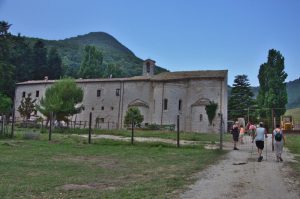
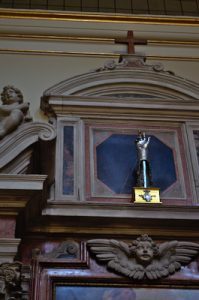









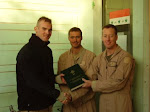
No comments:
Post a Comment